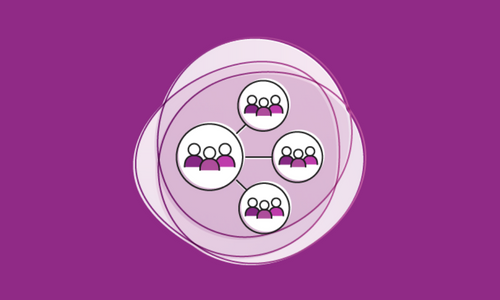Family Planning in Five Years? New case study series on e-commerce and reproductive health supplies
Where will you be getting your family planning supplies in five years?
Technology is revolutionizing the world. Globally, customers are connecting the internet and finding products and services available at their fingertips more than ever before–including reproductive health information and supplies.
Last month, the Institute for Reproductive Health hosted a webinar — “E-commerce for Reproductive Health Supplies: Family Planning in the Digital Age” — which reviewed the findings from a seven-part case study series. Funded by the Reproductive Health Supplies Coalition‘s Innovation Fund grant through the New and Underused Reproductive Health Technologies Caucus, IRH partnered with seven organizations to examine how trends in the digital space might impact various country contexts (India, Kenya, Mexico and the U.S.) and family planning methods considered new or underused (emergency contraception, female condoms, and Standard Days Method®).
What we found
-
Infrastructure ties it all together.
Many systems need to be in place before a reproductive health product can go from warehouse to customer. From internet access and payment mechanisms to reliable delivery services, all levels of the system need to be sound for e-commerce to work.
-
Regulation shapes markets.
In some countries, over-regulation — particularly around prescriptions or age requirements — prevents reproductive health supplies from being sold online. In other places, under-regulation of online markets means that customers don’t trust the system enough to place orders. Alternatively, the regulations may be fine, but people don’t understand or know them and fear the risks of misunderstanding them.
-
Information provision is an entry point.
For all methods and particularly underutilized ones, the internet can be an entry point for customers to learn more about their reproductive health product options. However, even for sophisticated users, it can be a challenge to find accurate information. Also, some customers may want to talk to an expert before using a product for the first time. And while some e-commerce sites do provide that service, we found that many do not.
-
Customer profile & preferences are paramount.
Customer behavior is complex. While people are motivated by convenience, anonymity, and increased method choices, they have concerns about deliveries and payments. Many may consider buying reproductive health supplies online, but the benefits of e-commerce have to outweigh the hassle of a trip to a pharmacy or clinic. If a consumer is worried that they won’t get a delivery in time for the supply to be useful, or that a family member may see a compromising package at their door, they’ll stay away.
-
New & Underutilized Methods face unique barriers.
Unfortunately, new or underutilized methods are often lesser known in the method mix. But, in addition to providing information about specific methods, e-commerce offers an opportunity for full choice to users who are interested in reproductive health supplies that may not be available through their local health systems.
Missed the webinar? Watch the recording.
Take a look at our full case study series to learn more, including a summary report.
—
The Reproductive Health Supplies Coalition is a global partnership of public, private, and non-governmental organizations dedicated to ensuring that all people in low- and middle-income countries can access and use affordable, high-quality supplies to ensure their better reproductive health. The Coalition brings together diverse agencies and groups with critical roles in providing contraceptives and other reproductive health supplies. These include multilateral and bilateral organizations, private foundations, governments, civil society, and private-sector representatives.
New/Underused Reproductive Health Technologies Caucus/Working Group, RHSC, based within RHSC’s Strategic Plan, support the right of individuals to choose the supplies they need to satisfy their evolving reproductive health needs is critical. This principle of choice commits RHSC to address reproductive health options and to support the research needed to fill diagnostic, drug, and contraceptive methods gaps. The Caucus on New and Underused Reproductive Health Technologies was established with this commitment in mind. It is a community of practice whose membership cuts across all three of the Coalition’s Working Groups. The Caucus functions as an intermediary within the Coalition–Caucus members belong to both the Caucus and at least one of the Coalition’s Working Groups. This dual membership allows Caucus members to encourage Working Group discussions and activities that align with the Caucus’ goal and purpose.
 Where We Work
Where We Work  Press Room
Press Room  FACT Project
FACT Project  Passages Project
Passages Project  Learning Collaborative
Learning Collaborative  Search All Resources
Search All Resources  Social Norms
Social Norms  Fertility Awareness Methods
Fertility Awareness Methods